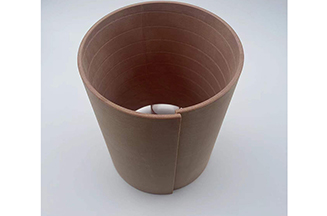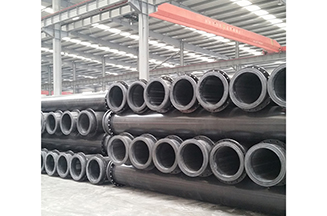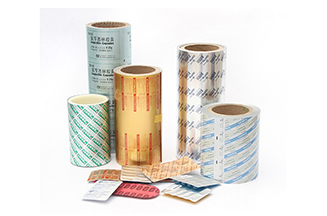What are the commonly used pharma packaging materials? We believe many friends would like to know. For this reason, LONGSHENG has edited and sorted out the relevant content about the commonly used pharma packaging materials, hoping to help you.
1. Pharma packaging material: glass
Glass has the advantages of being moisture-proof, easy to seal, transparent and relatively stable in chemical properties, but glass also has many disadvantages, such as being heavy and fragile, and it can also release alkaline substances and insoluble delamination due to erosion by aqueous solutions. In order to ensure the quality of medicines, the Pharmacopoeia stipulates that ampoules and large infusion bottles must be made of hard neutral glass, and containers made of brown glass should be used when containing medicines that are easily deteriorated by light.
2. Pharma packaging materials: plastic
Plastic drug packaging has the advantages of firm packaging, easy sealing, bright color, transparent and beautiful, light weight, easy to carry, and low price. However, since plastics are often added with additives, such as plasticizers, stabilizers, etc., these additives may directly contact with drugs and may chemically react with drugs, resulting in changes in the quality of drugs. Plastics also have shortcomings such as air permeability, light transmission, and easy adsorption. These shortcomings can accelerate the speed of drug oxidative deterioration and cause drug deterioration.
3. Pharma packaging materials: paper products
Paper products have a wide range of sources, low cost, and certain moisture-proof properties after being painted with moisture-proof coatings. The packaging volume can be manufactured according to needs, and has the value of recycling. It is one of the most widely used packaging materials today. Disadvantages: low strength, easy to deform.
4. Pharma packaging materials: metal
Commonly used are black iron, galvanized iron, tinplate, aluminum foil, etc. This kind of packaging has good pressure resistance, sealing and performance, but the cost is relatively high.
5. Pharma packaging materials: wood
It has pressure resistance and is a commonly used outer packaging material. Due to the consumption of forest resources, it is gradually replaced by materials such as paper and plastic.
6. Pharma packaging materials: composite materials
Composite material is a newcomer in pharma packaging materials, which is a packaging material made of plastic, paper, aluminum foil and other multi-layer composites. Commonly used are paper-plastic composite materials, aluminum foil-polyethylene composite materials, aluminum foil-polyester ethylene and so on. These composite materials have good mechanical strength, biological corrosion resistance, vacuum retention and compression resistance.
7. Rubber products for pharma packaging materials
Various bottle stoppers mainly used for bottled medicines are required to have very good biochemical stability and excellent sealing because they are in direct contact with medicines to ensure that they will not deteriorate due to the entry of air and moisture within the validity period.
From the perspective of development trend, pharma packaging material is developing in the direction of replacing wood with paper, replacing paper with plastic, or using paper, plastic, aluminum foil, etc. to form various composite materials. Applications such as specialty packaging materials such as PTFE, silicone resins, polyester laminates or foamed polyurethane are on the rise.




